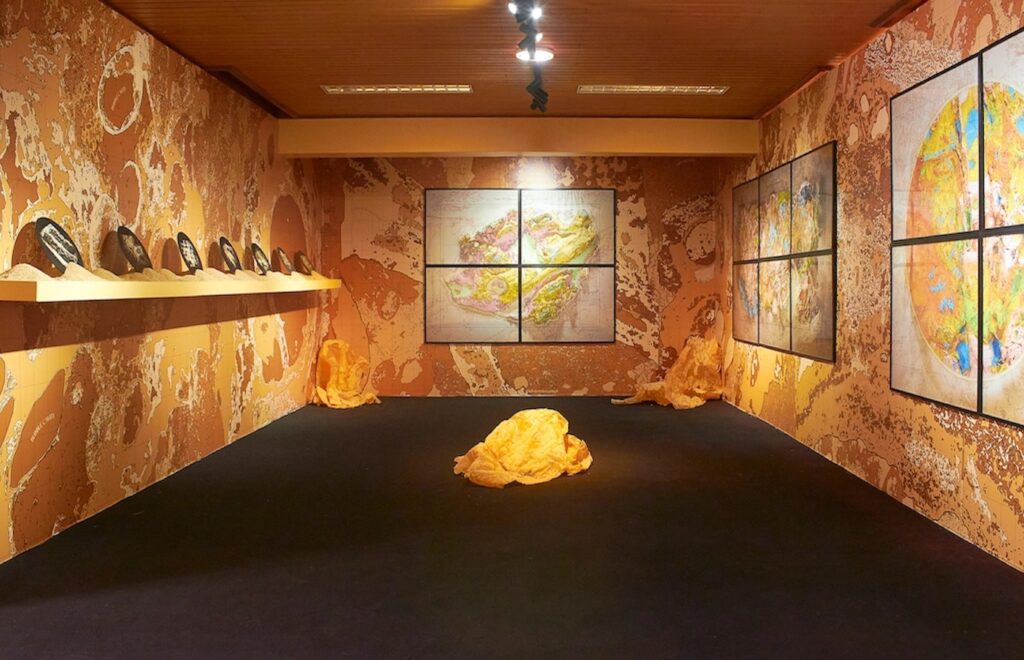Advanced Business College, Accra, Ghana
06 Jul 2024 - 31 Aug 2024

Tracy Naa Koshie Thompson, Worlds within Worlds, installation view, 2024. Courtesy of
Événements
Contemporary And (C&) est une plateforme dynamique qui reflète et met en relation des idées et des discours sur les arts visuels contemporains.
All content © 2025 Contemporary And. All Rights Reserved. Website by SHIFT
